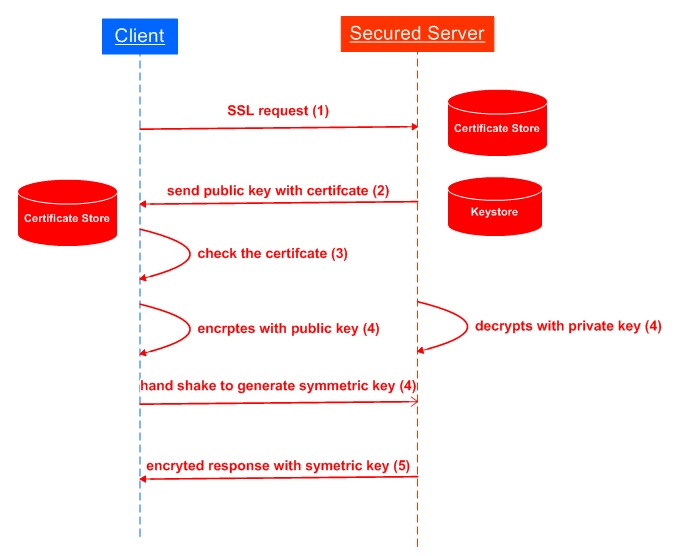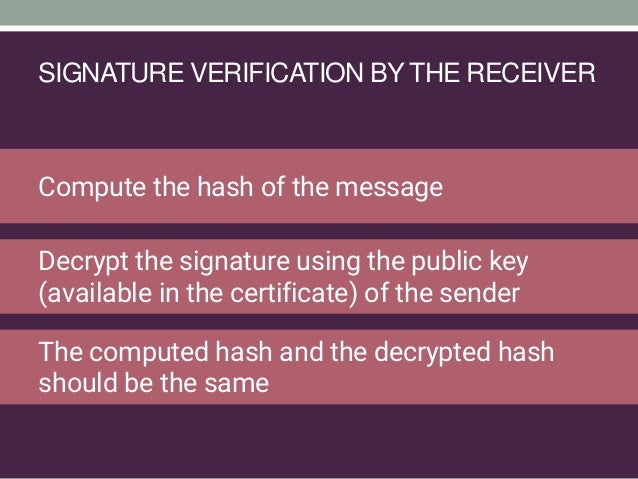


This may be risky since the intruder’s encrypted codes may damage the server. There may be compromised codes in the traffic that will directly reach the backend server.The easiest way to configure SSL in the load balancer is via proxy SSL passthrough.This is an entirely secured data transfer process useful for transferring crucial and sensitive data.The encrypted data prevents all the decryption layers and reaches the web server in the same format.Since the traffic is not decrypted at the load balancer and is directly forwarded to the server in the encrypted format, the traffic remains secured from web intruders and cyber-criminals.This secured transfer protects the traffic/data packets from malicious hackers and keeps the traffic encrypted till it reaches its destination. Hence the network/load balancer can’t detect the traffic contents, making this data transfer a secured process.

In the SSL passthrough process, the encrypted HTTPS traffic does not get decrypted at the load balancer, which is located between the server and the client and bypasses the load balancer to reach the web servers directly for decryption of traffic. This process becomes essential when a web application needs to be secured, or any other data transfer within the network needs top security. In short, the SSL passthrough process takes place when an SSL incoming request fails to decrypt data at the load balancer and passes the same to the server for decryption. When they receive the same, this encrypted data is decrypted directly by the webserver. Generally, the SSL termination process or the decryption process occurs at the load balancer, and then the data in plain format is transmitted to the webserver.īut in the case of the SSL passthrough process, this data stays in an encrypted format when it passes through the load balancer. The action of transmitting data to a server via a load balancer without decrypting the same is called SSL passthrough. So, when a site starts with HTTPS (hyper-text transfer protocol secure) in the URL, it signifies a secured and encrypted site connection. In short, SSL certificates secure the HTTP (hyper-text transfer protocol) traffic (unsecured) on the web with their encryption technology and convert the same to HTTPS. These SSL/TLS certificates secure all the client-server communications of the web with encryption security to keep it safe from cyber-criminals. This article covers SSL Passthrough, how does SSL Passthrough work, benefits and drawbacks of SSL Passthrough, How to configure SSL Passthrough, what is SSL Offloading, drawbacks of SSL Offloading, and differences between SSL Passthrough and Offloading.ĭigital securities in the form of SSL certificates (now named TLS certificates) are not a new name in the web market.


 0 kommentar(er)
0 kommentar(er)
